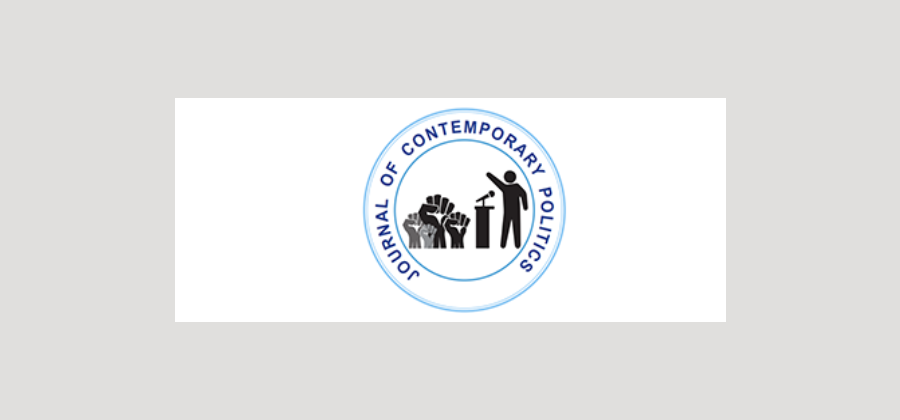


Journal of Contemporary Politics
Year: 2025, Volume: 4, Issue: 3, Pages: 110–116
Original Article
Subhodeep Mukhopadhyay1,∗, Sudarshan Therani Nadathur2
1Research Scholar, Indus University, Gujarat, India
2Director, Siddhanta Knowledge Foundation, Tamil Nadu, India
*Corresponding Author
Subhodeep Mukhopadhyay
Email: subhodeepm.infinity@gmail.com
Received Date:30 June 2025, Accepted Date:28 July 2025, Published Date:24 October 2025
Following the deadly April 22, 2025, terrorist attack in Pahalgam, Kashmir, carried out by The Resistance Front (TRF), an offshoot of the Pakistan-backed Lashkar-e-Taiba, which resulted in the deaths of 26 civilians, India launched Operation Sindoor. From India’s perspective, this operation, which began on May 7, 2025, was a calibrated military intervention targeting terrorist infrastructure in Pakistan in response to the initial provocation. Yet global media coverage portrayed India as the aggressor, downplaying the April terror attack. This study analyzes 16 international media articles to examine framing strategies adopted by prominent global outlets during Operation Sindoor. Using thematic analysis, the research identifies three dominant frames shaping global coverage: aggressor–victim, hyphenation, and decontextualized violence. Drawing on media framing theory and broader civilizational perspectives, this study reflects critically on how pervasive narrative choices in international media flatten asymmetries and obscure causality. The reasons are analyzed through the lens of historical post-World War II alliances like India-Russia and US-Pakistan and contextualized within the dynamics of Western hegemony and India's growing stature as a global power.
Keywords: Operation Sindoor, India–Pakistan Hyphenation, Decontextualized violence, Global media narratives, Geopolitics
© 2025 Published by Bangalore University. This is an open-access article under the CC BY license (https://creativecommons.org/licenses/by/4.0/)
Subscribe now for latest articles and news.